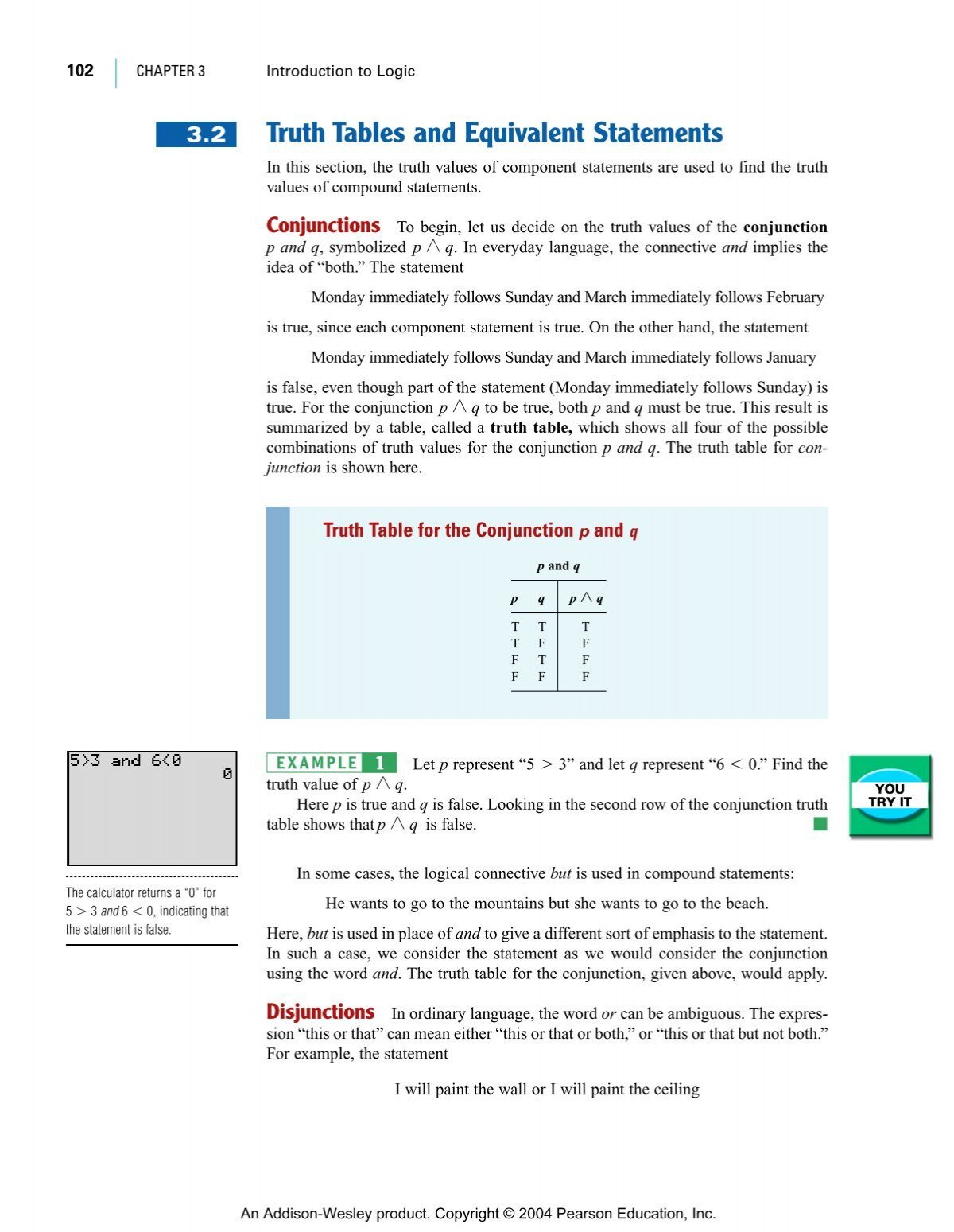In the realm of quantum mechanics, the juxtaposition of classical logic against the elusive nature of quantum states presents an intriguing conundrum. Traditional truth tables serve as the foundation of classical logic, delineating the binary outcomes—true or false—associated with various logical propositions. However, when we delve into the enigmatic world of quantum mechanics, we are compelled to ponder: what would be the equivalent of a truth table in this non-intuitive framework? This inquiry beckons us to explore the depths of quantum logic, probabilistic outcomes, and the very fabric of reality.
To embark on this intellectual journey, we must first disentangle the components of classical truth tables. In classical logic, each proposition is assigned a definitive value—either true (1) or false (0). Truth tables systematically enumerate all possible combinations of inputs to provide a comprehensive understanding of logical outcomes. This linearity and determinism encapsulate the rigidity of classical systems, grounded in the principles articulated by Aristotle. However, the quantum world ignites a sense of wonder, where particles can exist in superposition—simultaneously occupying multiple states—challenging our preconceived notions of certainty and binary logic.
As we traverse this intellectual landscape, it is essential to grasp the fundamental principles governing quantum behavior. At the heart of quantum mechanics lies the principle of superposition, a phenomenon wherein particles, such as electrons, exist in a state of simultaneous possibilities until measured. This transient ambiguity introduces a captivating challenge: how do we construct a logical framework that encapsulates these oscillating states? Herein, we encounter quantum logic, which posits that the outcomes of propositions may not adhere strictly to traditional Boolean logic.
One potential equivalent to the classical truth table in the quantum domain is the concept of a quantum state vector, often represented as |ψ⟩. This mathematical construct encapsulates the entirety of information about a quantum system. Unlike classical truth tables, which reside within the confines of binary outputs, a quantum state vector allows for the representation of a continuum of probabilities. The Born rule establishes the probabilistic nature of outcomes, indicating that when a measurement is conducted, the likelihood of obtaining a particular result is derived from the square of the amplitude of the state vector. Here, the essence of quantum truth emerges—not as binary values, but as a tapestry of probabilities that weave through the fabric of quantum superposition.
In pursuit of a deeper understanding, let us delve into the structure of quantum logic. Quantum logic diverges from classical reasoning through its introduction of non-commutative propositions. In classical logic, the conjunction of propositions adheres to the principle of commutativity—meaning the order in which propositions are evaluated does not alter the outcome. However, in quantum scenarios, the order of operations significantly influences results. This non-classical behavior compels us to contemplate whether a conventional truth table can adequately represent the complexity of quantum interactions.
To further illustrate this divergence, consider the thought experiment known as Schrödinger’s cat. In this conceptual scenario, a cat exists in a superposition of both alive and dead states until observed. This paradoxical depiction showcases the limitations of traditional binary logic, as the cat’s fate cannot be tightly bound to a truth table’s deterministic outcomes. Instead, one might argue for a multidimensional representation—akin to a truth table that spirals into an intricate network of paths, each branch reflecting a potential measurement’s consequences.
Another fascinating aspect arises when examining quantum entanglement—the phenomenon wherein particles become interlinked, yielding outcomes that are correlated in a manner defying classical intuition. When particles are entangled, measuring one immediately influences the state of the other, regardless of the spatial separation between them. This interconnectedness nurtures the emergence of quantum correlations, beckoning us to reconceptualize logical frameworks. The classical truth table, with its isolated propositions, falters in encapsulating such intricacies. Instead, perhaps a lattice structure—comprising interconnected nodes—would be more apt to portray the dense tapestry of quantum relationships.
Furthermore, the exploration of quantum gates accentuates the transition from classical truth tables to quantum equivalents. Quantum gates transform input states through unitary operations, enabling the construction of quantum circuits that execute complex computations. Herein lies a conceptual equivalent to truth tables: the quantum gate diagram, which portrays the flow of quantum information through a network of gates, ultimate reflecting the entangled states and probabilistic behaviors of the system. In this paradigm, distinct configurations yield diverse outputs—mirroring a semblance of determination amidst the quantum haze.
In conclusion, as we ponder the potential equivalent of quantum truth tables, we are drawn into an exploration of the probabilistic, interconnected, and non-linear fabric that constitutes quantum reality. The frameworks of traditional logic fall short of encapsulating the multifaceted dynamics at play in quantum mechanics. Instead, a mosaic of state vectors, entangled particles, quantum gates, and probabilistic outcomes emerges—constructs that beckon for a refined understanding of logical systems beyond the confines of classical truth. As the boundaries of our comprehension expand, the semantic definitions of truth and logic take on new meanings, inviting further inquiry into the profound mysteries of the universe.












